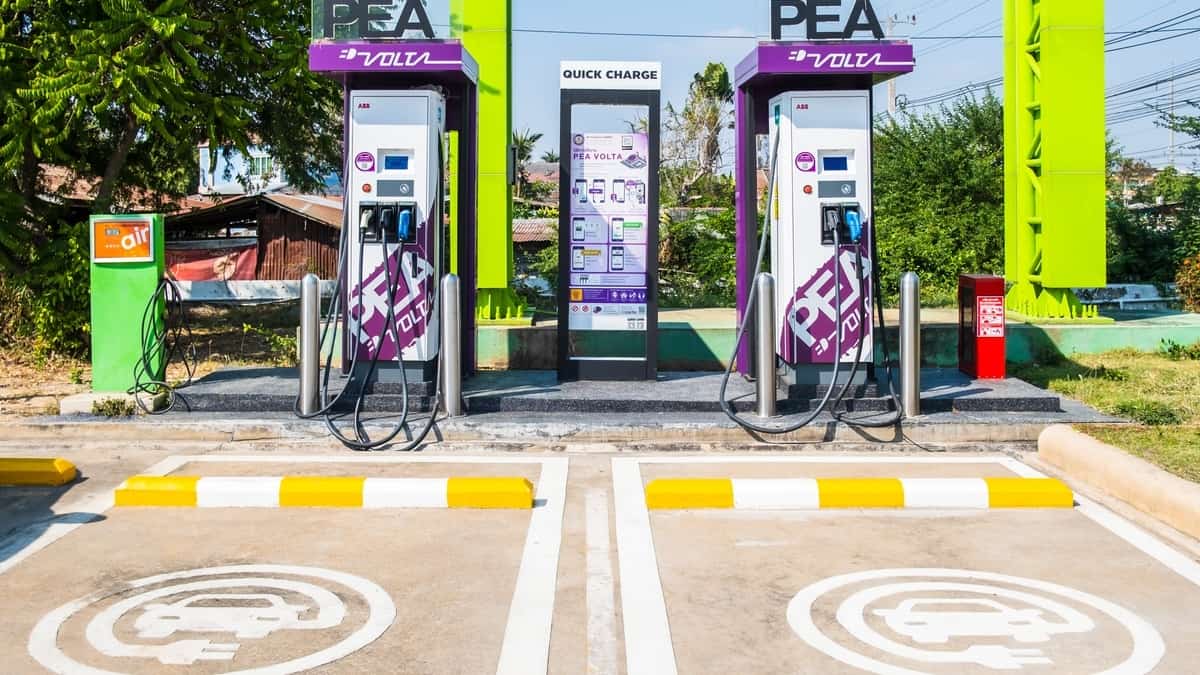US consumer interest in electric vehicles had reached an all-time high, the latest EY Mobility Consumer Index (MCI) found. Almost half of US car buyers, or 48%, reportedly plan to purchase an EV within the next 24 months.
Remarkably, that figure represents a significant 19% increase compared to the 2022 MCI findings, indicating the highest growth in EV intent globally.
In addition, the latest survey revealed that the US had made notable progress in EV readiness, climbing five spots to secure the 7th position. It lagged behind China, Norway, and Sweden, which occupied the top three spots.
However, concerns regarding charging infrastructure and safety continue to influence consumer decisions.
About the EY Mobility Consumer Index
The EY Mobility Consumer Index is a comprehensive survey conducted by EY, a global organization under the Ernst & Young Global Limited umbrella.
The index included more than 15,000 consumers from 20 countries during March 2023, providing insights into consumer behavior and attitudes toward mobility.
EY Americas Mobility Sector Leader Steve Patton emphasized the importance of the MCI in addressing critical questions regarding mobility in the US.
“The EY Mobility Consumer Index answers the most pressing questions around mobility in the US. The MCI takes an in-depth look at the tipping point for vehicle electrification, how soon autonomous and shared mobility will take off, and overarching societal implications.
On the heels of government legislation aimed at mitigating consumer concerns and driving increased collaboration between private and public sectors, this year’s data demonstrates that the US is at a true precipice when it comes to mainstream EV adoption. We can expect to see more EVs, both commercial and consumer, on the road.”
EY Americas Mobility Sector Leader Steve Patton
Consumer demand for electric SUVs on the rise
The shift in mobility behavior is driving a sharp increase in demand for EVs in the US. The survey showed a 3% rise in the intention of existing car owners to purchase new vehicles in the country. Interestingly, the US demonstrated a substantially higher car-buying intent (60%) than the global average (44%).
One prominent trend is the rising popularity of electric SUVs. In fact, 38% of North American buyers preferred SUVs over sedans or other vehicle types.
Furthermore, 40% of new car buyers and 37% of used car buyers are inclined to purchase an SUV over other car body types. This consumer interest in larger EV models should encourage car companies to invest in developing EV models for SUVs and other larger vehicles.
Concerns over charging infrastructure and safety remain
Consumer confidence in EV performance has steadily grown in the past two years, as per EY. In retrospect, the 2021 MCI results revealed that 26% of US car buyers have concerns over internal combustion engine (ICE) vehicles’ better performance than EVs.
Interestingly, the latest survey showed that EV performance has now advanced as the top buying motivation of 29% of US car buyers.
However, concerns about charging infrastructure and safety continue to influence consumer decisions.
The lack of charging stations remains the top deterrent for potential car buyers in the US, consistent with the previous year’s findings. Over half (or 51%) of US consumers expressed more worry about finding charging stations in nonresidential facilities than about expensive charging costs. Additionally, the safety of home chargers remains a concern for 57% of potential US buyers citing it as the primary deterrent. That percentage even surpassed the global average by 10%.
EY Americas Automotive eMobility Leader Felipe Smolka emphasized the significance of government incentives in driving EV adoption.
“There are a few critical drivers to adopt EVs on a large scale, from consumer sentiment, to regulatory incentives and cost. Government incentives, such as the Inflation Reduction Act (IRA), make a large impact not just on consumers, but across industries. As more EV accessibility and incentives arise, whether its developing charging stations on interstate highways or driving battery circularity, we will see EV adoption thrive.”
EY Americas Automotive eMobility Leader Felipe Smolka
Clear gains in the market, as EV adoption expected to increase
Despite customers’ concerns over charging infrastructures and safety, the US market is experiencing clear gains in EV adoption. The EY organization predicted that by 2035, there will be 82 million EVs on US roads.
“Consumers need access to safe, reliable, convenient and affordable charging to drive and own an EV, and our research shows real concerns remain.
At the EY organization, we are predicting 82 million EVs will be on US roads by 2035. To scale adoption, the challenge confronting America’s transition to EVs is instilling charging confidence among consumers. The energy industry has a massive role to play in this transition and is seizing the opportunity by collaborating cross-sector to build and power a resilient EV charging network.”
EY Americas eMobility Energy Leader Marc Coltelli
See Also:
- The US EV battery sector might gain $100 billion from the Inflation Reduction Act
- The IRA bill is expected to boost the US EV market by 20%
- Here’s where the new US EV’ Battery Belt’ is forming – and why?
- US EV sales jumped 41% in the first half of 2022
- US: BEV registrations almost hit 350,000 units from Jan to Apr 2023
The energy industry arguably plays a vital role in facilitating this transition by collaborating across sectors to build a resilient and efficient EV charging network.
By improving accessibility, expanding incentives, and enhancing infrastructure, the US market can pave the way for a future where EVs dominate the roads and contribute to a greener and more sustainable transportation ecosystem.

